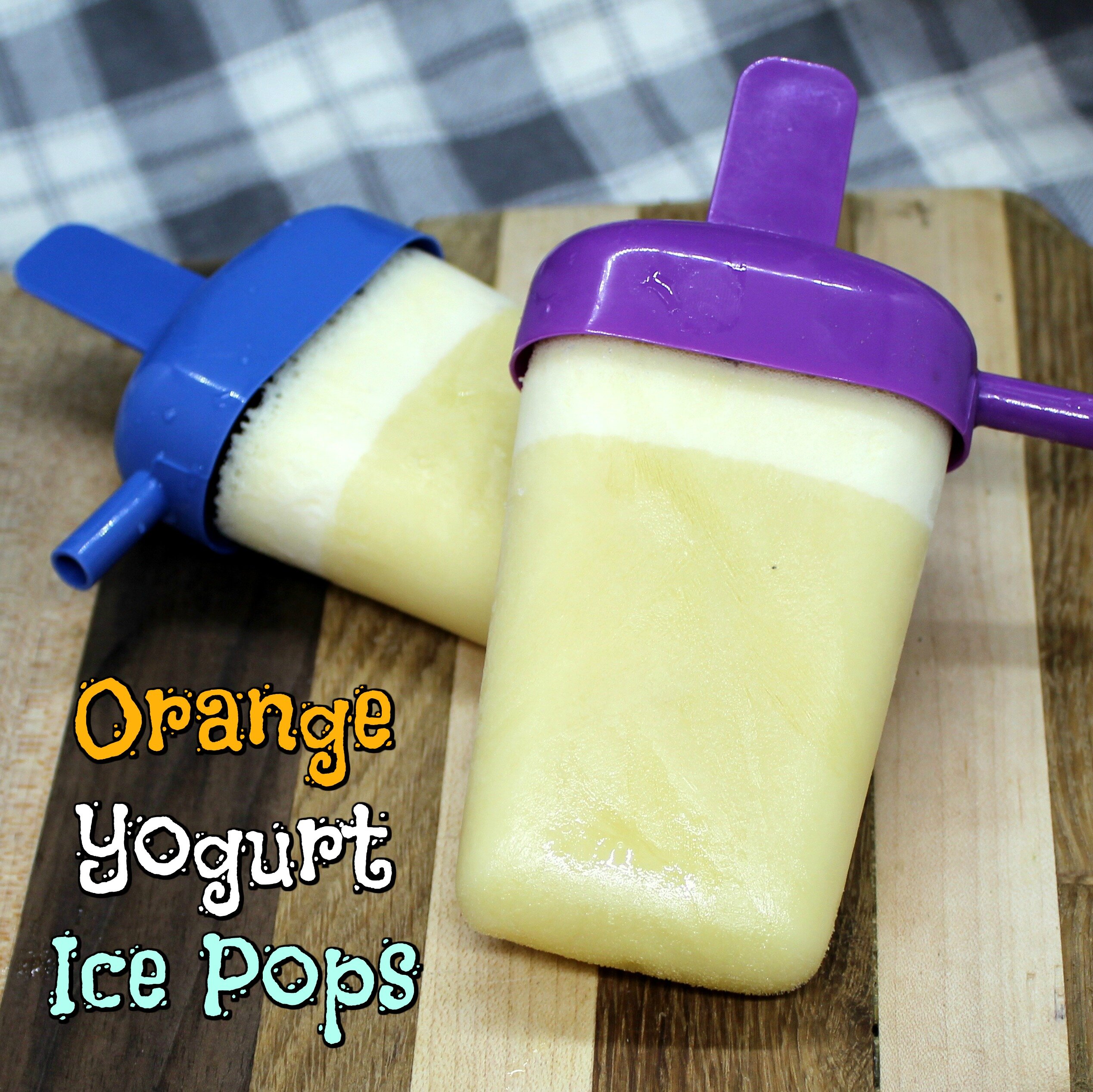
When it comes to homeschooling topics, we as parent pick topics that fulfill portions of our curriculum, like science or math. Homeschooling projects should also be about fun. And around here, homeschooling projects are sometimes useful and yummy too! We (meaning my hubby and I) have been using fermentation as a form of food preservation from some time, but recently it became a homeschool project that taps into history, science, math and more.
What is fermenting?
Fermentation in general terms, is the process of turning sugar to acids, gases and/or alcohol. If you like sourdough bread or nibbling on cheese, well you have already consumed products that use fermentation! But did you know you can also make fermented foods at home?!?! So let’s get started with some Lacto-fermantation shall we?
Lacto-fermantaion!?!? Whaaaa??? Basically, you are creating an anaerobic environment, getting the food away from the air by submerging it in a salt brine. The salt inhibits the growth of bad bacteria, while allowing the good bacteria to break down the sugars in the food and preserve it. And the best part, well other then getting some really yummy food you can store for an extended amount of time in your fridge, is that the food you are fermenting has that good bacteria (aka probiotics) on it when you eat it. Why is that good? Because it helps your gut bacteria!
What is a salt brine?
When your are fermenting veggies, they need to be in a brine. A brine is simply water and salt. But it is not that simple, you need the right kind and amount of salt. Why is salt so important? Because it makes fermenting possible! The salt in your brine keeps the bad bacteria from growing, while allowing the good bacteria, the lactic acid bacteria, to do the job of breaking down the sugars in the food and thus fermenting and preserving it. Too little salt and the bad guys run wild, to much salt and the good guys can’t do their job either.
 |
| Salt brine |
But which salt to use?!?!
Table salt – No, no, no, no, no and here is why…. Processed table salt has been “made over.” All the minerals have been removed and iodine added. While you might get table salt to work, trust me, when it comes to fermenting, your Grandma’s salt was NOT this salt. The added iodine can do bad things to the good bacteria.
Canning & Pickling salt – Now we are getting somewhere! You can totally ferment with this guy. We have Morton brand and I love how they say “plain salt, nothing added.” Well thank goodness, because do you really want to mess with Mother Nature?
Sea salt – We have just entered the “luxury car showroom” of salts! These are the guys that have the minerals! While there are different types available, we use pink ancient Himalayan sea salt, which has over 80 trace minerals.
How much salt do you use?
Well, it is going to depend on what you are fermenting. For the most part I like my veggies in a 4% brine. I don’t like things overly salty, I like to be able to taste the flavors and the food, not a mouth full of salty food. The nice thing about the internet is there are charts that tells you how many Tablespoons and teaspoons of salt you need to reach the percentage you want. What? You thought I was going to do the math for you? A quick Google search will bring up the info your looking for *wink*
Let’s make some pickles!
A good rule of thumb when whipping up pickles is to use around 2 Tablespoons of salt per quart of water. Any more then that and they get way too salty for my taste. And you don’t want mushy pickles, so what to do? Keeping food crisp while fermenting take a few tips…..
Start with fresh cucumbers. I mean walk out to your garden and pick them or hit your local farmer’s market. If you do get them from a grocery store, don’t fear, there are still ways to retain crispy cucumbers.
Let’s talk about surface area. The lactobacillus (aka good bacteria) will have a much easier time setting to work on your cucumbers if you cut them up. This is a good thing, but can also lead to softer pickles since the lactobacillus is converting the sugar in your cucumbers and thus “breaking them down” as it ferments.
Don’t worry if you don’t want whole pickles, there are ways to keep those cut up spears crisp! There are things you can add to your jar that have tannins in them, such as grape, raspberry and even oak leaves. Now I personally like to just open the cabinet and grab a black tea bag. Yup, that tea you drink has tannins in it. Simply take the staple out of the tea bag and slide the bag into your jar under the brine.
 |
| Once the salt settles, your liquid will look clearer. |
Let’s pack a jar!
- Trim the ends from the cucumbers and decide if you’re going whole or cutting them in half.
- Pack your cucumbers so they fit snugly in the jar.
- Add in your flavors (aka garlic and the like)
- Pour your brine into your jar, leaving an inch space from the top of the brine to the lip of your jar.
- Place a weight on top of the cucumbers to keep them under the brine. I use a glass weight. you could also use things like a bag of marbles, but make sure to sterilized your item.
- Put on your lid. I have a lid with the air lock (from Fementools.) The air lock makes it so you don’t have to worry about the pressure building up in your jar. You see as the fermentation process occurs it gives off carbon dioxide and lactic acid. Since carbon dioxide is heavier than air, the air lock allows the air to be pushed out safely with out allowing more air in and avoiding any exploding jars! If you don’t have an airlock you will need to “burp” your jar every few days. Burping is just taking the lid off for a few seconds. “Burping” allows the carbon dioxide produced during the fermentation process to escape.
- Leave your jar of cucumber slices on the counter for around 7 days. After 7-10 days your pickles will be fermented and ready to eat! Move your jar to the refrigerator.
 |
| Even little brothers like homeschool fermented pickles! |




This is so so great! I can't wait to do this with my girls. And I'm totally getting inspired by your website. I'm LONGING to live on some land in the country but we're in a tiny house. We have a nice little yard but all my gardening efforts have been major fails. So glad I "met" you today! 🙂
I love inspiring others to try new things. We live on just 1/4 acre. Keep that in mind. We too would love more land and critters, but you can do so much where you are now. Don't wait for when!!!
Great to see the kids involved and I've learnt something as well. Thanks for sharing and linking up with us at #WednesdaysWisdom.
I try to learn something new everyday LOL Most of them are surprises!
Love this blog post. I've been looking for a good way to ferment pickles and now I have it. My parents made pickles during my childhood, but I wasn't that interested then. Now I found you! Thanks for sharing. Nancy A @ obloggernewbie.blogspot.com. P.S. I'd like to speak with you about your blog as I use blogger too. Think your colors and template are super.
Shoot me an email any time! I will help if I can 🙂
Thanks Mindie, I will. Happy Thanksgiving! Wishing you and yours Many Blessings, Nancy A @ obloggernewbie.blogspot.com
Happy Thanksgiving to you and yours as well 🙂